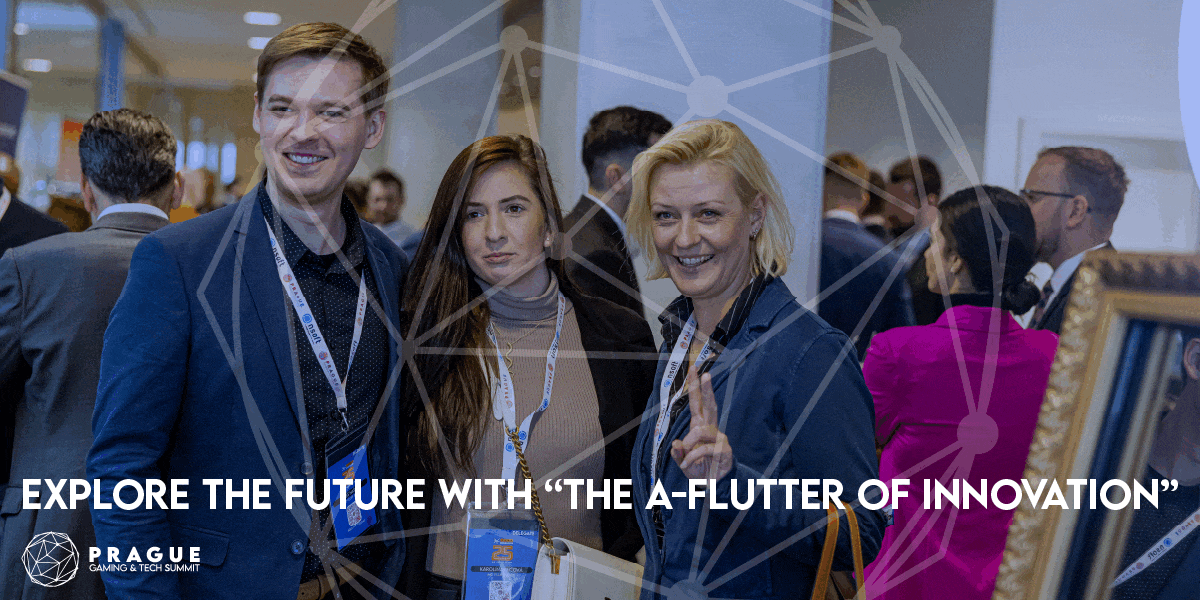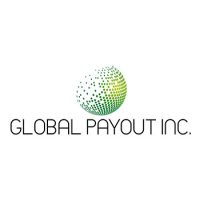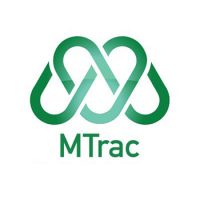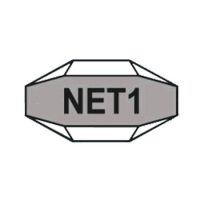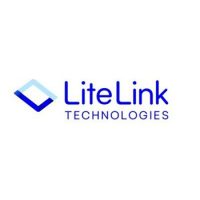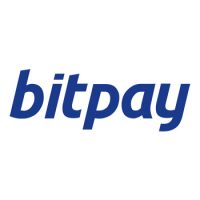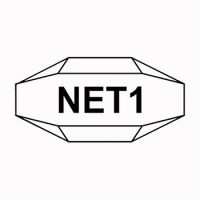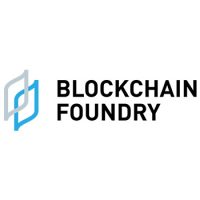Blockchain
UnionBank Joins Hands with Huawei to Build an Intelligent DataCenter Network

The Union Bank of the Philippines, more commonly known as UnionBank, is recognized as one of Asia’s leading financial institutions, ranking among the country’s top universal banks in terms of profitability and efficiency. As a high-flyer, UnionBank has earned ample awards and recognition over the years; it has taken home the Asset Triple A’s Digital Bank of the Year 4 times, and won the Digital Trailblazer award in the Asia/Pacific region by IDC. It was also voted as the Most Recommended Retail Bank in Asia Pacific by BankQuality.com.
UnionBank has always spearheaded technological innovations to empower its customers. It is fully committed to being the Philippines’ leading bank of innovation to best serve the growing needs of Filipinos everywhere. It stands firm in its promise to power the future of banking by co-creating innovations for its customers and for a better world!
UnionBank is diving deeper into digital transformation, spanning network infrastructure, organizational structure, and operational mode. Data is exploding in the digital era, and it is the data center (DC) that processes and stores so much data, especially an enterprise’s core data and production systems; it is also the starting point of business innovation. UnionBank is among the first to embrace digital transformation by building a next-generation DC architecture and promoting data center network (DCN) transformation. The resulting benefits include more agile and reliable networks, higher-quality services, and more energetic business innovation.
Originally, UnionBank operated an active/standby disaster recovery (DR) DC architecture that was built on legacy devices. This legacy network architecture, however, became less practical as the bank’s services developed. There were challenges in rapid and elastic scaling, agile deployment, or E2E automation, and meeting agile service innovation requirements. To overcome these challenges, the bank needed to build a next-generation smart DCN as soon as possible.
After careful consideration and comparison, UnionBank finally decided to join hands with Huawei to build a smart DCN. The bank came to its decision based on Huawei’s unrivaled strengths, including future-oriented DCN architecture, smooth network migration and evolution, a simplified and intelligent DCN O&M system, and customer pain point-targeted real-time service support.
1. Future-Oriented DCN Architecture, Facilitating Efficient Migration and Smooth Evolution
Huawei’s CloudFabric Autonomous Driving Network Solution for DCs helped UnionBank build a future-proof, world-leading DCN, in which active and standby DCs are built on a VXLAN-based software defined networking (SDN) spine-leaf architecture, N resource pools are built based on the resource attribute categories, and iMaster NCE-Fabric is deployed to implement automated network deployment and elastic scaling. iMaster NCE-Fabric is also used to manage firewalls and load balancers from multiple vendors, enabling pool-based value-added services such as security and load balancing.
When it came to migrating and upgrading UnionBank’s production network, the time window for such operations needed to be strictly limited to guarantee bank service continuity and minimize migration impacts on the services. This was a big challenge. To overcome this, Huawei carefully designed a smooth, convenient migration solution, which could be implemented in four simple steps.
The first step is to build a new SDN network. iMaster NCE-Fabric discovers and maps the legacy network configurations to ensure high configuration consistency between the new and legacy networks. The second is to migrate Layer 2 services. iMaster NCE-Fabric streamlines Layer 2 configurations of the legacy and new networks and automatically migrates servers (physical and virtual machines). The third is to migrate Layer 3 services. iMaster NCE-Fabric streamlines Layer 3 configurations of the legacy and new networks and migrates Layer 3 gateways to the new network. This is how service migration is completed. The very last, simple step is to verify service continuity. Namely, iMaster NCE-Fabric verifies network connectivity, service paths, and change impacts to ensure that all the service systems are working properly.
After dozens of network migrations in early mornings, Huawei successfully migrated the bank’s legacy architecture to a future-proof DCN architecture without triggering any configuration rollback or network accidents.
2. E2E, High-Level Automation, Facilitating Network Simulation and Change Evaluation
As agile service innovation gains momentum, the UnionBank’s DC needs to be able to rapidly respond to service needs. This can hardly be achieved on such a busy network, on which numerous new services and a large number of changes are made per year, over 3000 on average. To handle this, network engineers must spend more than half of their time in adapting the network to new services and changes. Typically, the routine approach to making a network change is to design a change solution based on expert experience, evaluate change impacts, implement the solution, and manually check the change result. This, however, cannot prevent change errors as networks keep scaling out and become increasingly complex.
iMaster NCE-Fabric can handle all of this. Through modeling and simulation, it can automatically evaluate change risks and impacts, execute changes, and perform post-change verification, ensuring error-free network changes that can perfectly meet customer expectations. Not only this, customers can also create continuous monitoring tasks on iMaster NCE-Fabric, so that their services can run under constant guarantee.
3. AI-Powered “1-3-5” Intelligent O&M, Redefining How to Operate and Maintain DCNs
To improve customer experience and efficiency, UnionBank launched the on-line registration service, enabling customers to enjoy high-quality financial services from the comfort of their own home. As the service became more popular, many customers encountered frequent service access failures or frame freezing, leading to numerous complaints. In response, the bank began to locate the fault on its DCN; however, it was exceedingly difficult to detect network delay jitter and packet loss in the traditional O&M mode that favored manual operations and heavily depended on expert experience. Fault locating was also time-consuming and labor-intensive in this mode because engineers needed to obtain packets node by node for locating. All of this fed into a less-than-ideal customer experience.
This is where Huawei’s iMaster NCE-FabricInsight comes in. It innovatively applies AI into DCN O&M, helping UnionBank implement intelligent DCN O&M in all scenarios. To elaborate, it enables telemetry-based all-scenario KPI subscription in seconds, establishing a five-dimensional, real-time network health evaluation system. The dimensions are device, network, protocol, overlay, and service. In addition, leveraging Huawei’s over 30 years of O&M experience and tens of millions of data samples, iMaster NCE-FabricInsight can identify correlations between network objects and conclude fault spreading rules based on big data mining and modeling, thereby accurately detecting 75 types of typical faults in 1 minute, locating them in 3 minutes, and rectifying them in 5 minutes. Not only this, iMaster NCE-FabricInsight achieves a future-oriented shift from passive O&M to proactive O&M, freeing network engineers from the traditional labor-intensive, passive DCN O&M. This has empowered UnionBank to maximize its DCN O&M efficiency.
The smart DCN is just the beginning. UnionBank continues to push the envelope in its digital transformation journey by holding a groundbreaking virtual ceremony for its Innovation Campus — a real-estate development supportive of the institution’s innovation initiatives. This campus is also seen to be the hub for blockchain, AI, and other new technologies that will revolutionize people’s way of life. Huawei looks forward to cooperating with UnionBank in further fields and helping UnionBank delve deeper into digital transformation.
SOURCE Huawei Technologies Co., Ltd.
Blockchain
Blocks & Headlines: Today in Blockchain – April 29, 2025
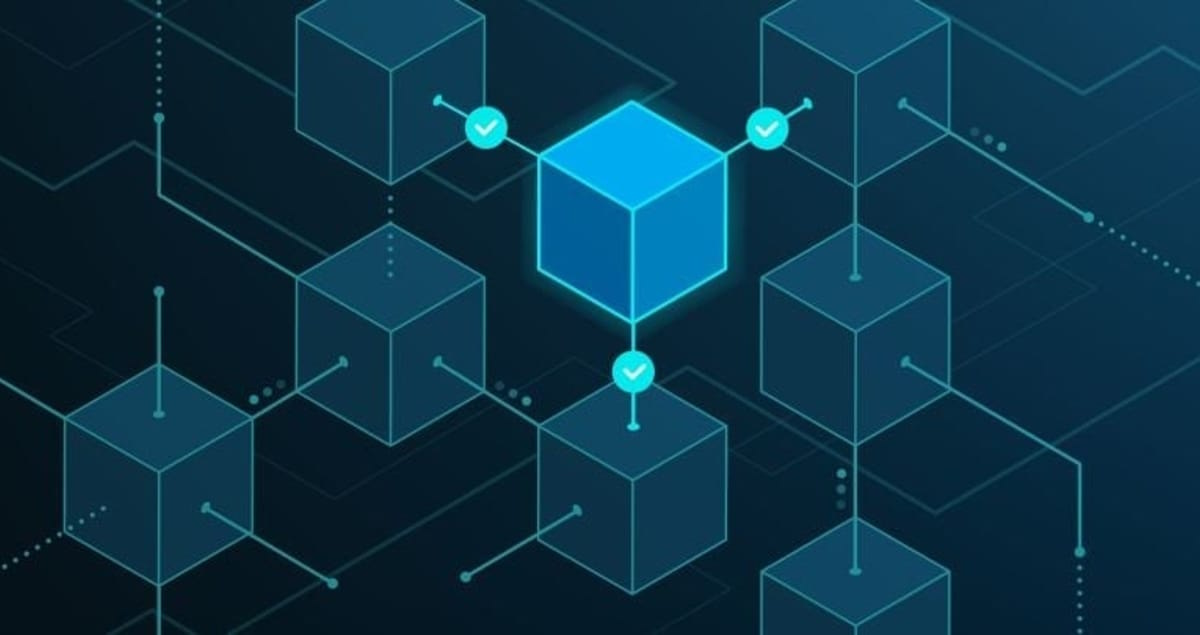
Blockchain and cryptocurrency continue to evolve at breakneck speed, with price surges, geopolitical alliances, regulatory battlegrounds, ethical debates, and landmark legal rulings all unfolding within days of one another. In today’s roundup, we examine five pivotal developments:
-
Bitcoin Nears Six Figures – Santiment predicts BTC could hit $100,000 in the next fortnight.
-
Pakistan’s Crypto Push – Trump-backed World Liberty Financial inks a landmark MoU with the Pakistan Crypto Council.
-
U.S. Anti-Scam Legislation – Bipartisan GUARD Act would arm law enforcement with blockchain tracing tools against “pig butchering” fraud.
-
Ethics Under the Microscope – A deep dive into privacy, transparency, and security trade-offs in modern blockchain systems.
-
Regulatory Clarity Down Under – Australia’s Full Federal Court rules that Block Earner’s fixed-yield product isn’t a “financial product,” overturning ASIC.
Together, these stories illustrate four key trends shaping Web3 today:
-
Market Psychology Meets On-Chain Data: Investor sentiment, as tracked on-chain, now drives price forecasts as much as macroeconomic indicators.
-
Public-Private Alliances: From Islamabad to Washington, partnerships are expanding blockchain’s reach into national agendas.
-
Ethics & Governance: As blockchain pervades finance and society, debates over privacy versus transparency demand new frameworks.
-
Legal & Regulatory Evolution: Court precedents and legislation are rapidly defining what constitutes regulated financial activity on-chain.
Below, we unpack each story in detail—providing concise summaries, opinion-driven insights, and context on why these developments matter for DeFi architects, NFT entrepreneurs, compliance officers, and everyday crypto users alike.
1. Bitcoin on the Cusp of $100,000? Santiment’s Bullish Outlook
Summary
Blockchain analytics firm Santiment has flagged a steep uptick in on-chain and social metrics suggesting Bitcoin could surpass $100,000 within one to two weeks. Key observations include:
-
Greed Index Surge: Social media sentiment shows a 2.1:1 ratio of bullish to bearish Bitcoin commentary, the highest since early 2021.
-
Whale Accumulation: Large-scale addresses have increased their holdings, poised to absorb any retail-driven sell pressure around $95,000.
-
Equities Decoupling: A weakening correlation with S&P 500 movements could free BTC price action to run independently.
As of April 28, BTC traded near $94,500—up 1.5% over 24 hours—setting the stage for a potential six-figure breakout. Source: Bitcoinist
Analysis & Opinion
Santiment’s data-driven approach underscores how Web3 metrics have migrated from niche analytic platforms to core inputs for institutional strategy desks. The high “greed” level signals FOMO—a double-edged sword that can accelerate rallies but also precipitate sharp corrections if profit-taking intensifies. Notably, whale accumulation suggests a medium-term bullish bias, yet history warns that significant profit-booking around round numbers (e.g., $100K) can trigger retracements.
For DeFi protocols and crypto funds, this moment demands calibrated risk management: locking in gains via hedging products, ensuring liquidity buffers, and avoiding emotional trading. Meanwhile, retail platforms should brace for surges in trading volume and account sign-ups, reinforcing the importance of robust blockchain security and user-education initiatives.
2. Pakistan Crypto Council Partners with World Liberty Financial
Summary
On April 26, the Pakistan Crypto Council (PCC) signed a landmark Letter of Intent with World Liberty Financial (WLF)—a U.S.-based DeFi platform backed by former President Donald Trump—to accelerate blockchain innovation and stablecoin usage in Pakistan. Highlights:
-
Regulatory Sandboxes: Frameworks for testing DeFi products and tokenized assets (real estate, commodities).
-
Stablecoin Remittances: Pilot programs for cross-border money transfers targeting Pakistan’s $300 billion annual crypto corridor.
-
Strategic Advisory: WLF to guide government on global compliance trends and infrastructure.
The MoU was endorsed by Pakistan’s Finance Minister, SECP Chairman, and State Bank Governor, signaling imminent comprehensive crypto legislation. Source: Dawn
Analysis & Opinion
This partnership blends geopolitical outreach with economic stimulus: Pakistan’s youthful demographic (64% under 30) and high mobile penetration make it fertile ground for Web3 adoption. By embedding regulatory sandboxes, the PCC balances innovation with consumer safeguards—an approach that many emerging markets view as best practice.
However, tying DeFi initiatives to high-profile political backers can be a double-edged sword. While it draws global attention and investment, it also raises concerns about long-term policy stability and brand risk should political fortunes shift. For blockchain projects eyeing expansion in South Asia, the PCC-WLF model offers a blueprint: engage regulators early, co-design pilot programs, and anchor projects in clear governance.
3. Bipartisan GUARD Act to Leverage Blockchain Against Fraud Scams
Summary
On April 21, a bipartisan group of U.S. Representatives introduced the Guarding Unprotected Aging Retirees from Deception (GUARD) Act, empowering federal grants for state and local law enforcement to use blockchain tracing tools against finance scams—especially “pig butchering,” which accounted for over 33% of crypto scam revenue in 2024. Key provisions:
-
Grant Funding: Eligible law enforcement agencies may apply for federal funds to deploy blockchain analytic platforms.
-
Interagency Cooperation: The FTC, DOJ, and FBI can assist local authorities in on-chain investigations.
-
Public Awareness: AARP partnership to educate seniors on recognizing and reporting scams.
The bill is co-sponsored by Reps. Zach Nunn (R-IA), Scott Fitzgerald (R-WI), and Josh Gottheimer (D-NJ). Source: CoinGeek
Analysis & Opinion
The GUARD Act represents a maturation in the regulatory embrace of blockchain—shifting from finger-wagging skepticism to proactive toolset integration. By equipping local agencies with on-chain forensics, the bill acknowledges blockchain’s unique transparency advantage in tracing illicit flows. Yet, success hinges on standardized training curricula and privacy-preserving protocols to prevent overreach.
Critically, the legislation sets a precedent for leveraging public ledgers as law-enforcement assets, raising broader questions about data sovereignty and civil liberties. Future discussions will need to address how to anonymize sensitive data while retaining investigative efficacy—an area ripe for innovation in zero-knowledge proofs and selective disclosure technologies.
4. The Ethics of Blockchain: Privacy vs. Transparency vs. Security
Summary
In a comprehensive overview, The Shib Daily explores the enduring tension at the heart of blockchain ethics: balancing privacy, transparency, and security. Core takeaways:
-
Privacy Paradox: Pseudonymity shields user data yet can facilitate money-laundering via mixers like Tornado Cash. Emerging solutions include zk-SNARKs and selective disclosure.
-
Transparency Dilemma: Public ledgers bolster trust and accountability (e.g., DAOs), but can inadvertently expose individual transaction patterns. Graduated transparency models seek a middle ground.
-
Security Imperative: Open-source code invites scrutiny and innovation but also widens the attack surface—as the 2016 DAO hack famously illustrated. Robust governance frameworks are essential for rapid response.
-
Looking Ahead: Trends such as decentralized identity, AI-powered compliance, and values-based protocol design will shape the next wave of ethical blockchain systems. Source: The Shib Daily
Analysis & Opinion
As blockchain integrates with DeFi, NFT marketplaces, and Web3 social platforms, the ethics conversation is no longer academic—it’s a business imperative. Protocol designers must bake in privacy-enhancing features without sacrificing auditability. Regulators, in turn, should foster self-regulatory organizations (SROs) that can iterate faster than one-size-fits-all statutes.
Moreover, embedding human rights by design and inclusive governance will become key differentiators for projects seeking mainstream legitimacy. In practice, this means multi-stakeholder governance councils, transparent upgrade processes, and clear redress mechanisms for users harmed by security breaches or governance missteps.
5. Australia’s Full Court Clarifies Yield-Generation Is Not a “Financial Product”
Summary
On April 28, the Australian Federal Court’s Full Bench overturned a 2024 ruling against Block Earner (Web3 Ventures Pty Ltd), finding that its fixed-yield “Earner” product does not constitute a regulated financial product. Highlights:
-
AFSL Exemption: Block Earner was not required to hold an Australian Financial Services Licence (AFSL) for its fixed-yield offering.
-
Regulatory Scope Narrowed: The decision distinguishes a product’s legal structure from its economic function when assessing licensing requirements.
-
Industry Impact: ASIC must cover legal costs, and DeFi projects can reconsider paused yield offerings.
Fintech and blockchain lead John Bassilios commented that this judgment “provides more clarity and may encourage businesses to revisit product offerings previously paused due to regulatory risk.” Source: Australasian Lawyer
Analysis & Opinion
This ruling marks a watershed moment for DeFi platforms operating in regulated jurisdictions. By focusing on the legal characterization of products rather than their yield-generation mechanics, the Full Court offers a template for structuring future offerings—potentially reducing compliance costs and accelerating innovation.
However, projects must proceed with caution: the decision may not extend to variable-yield or tokenized asset schemes without clear legal wrappers. Legal teams will need to collaborate closely with compliance officers to craft modular product architectures that can adapt swiftly as regulators elsewhere (e.g., the EU’s MiCA framework) set new standards.
Conclusion: Synthesizing Today’s Takeaways
Today’s blockchain headlines underscore a multifaceted reality:
-
Market Rhythms & On-Chain Signals: Data-driven tools like Santiment are now indispensable for anticipating volatile price moves.
-
Global Adoption Models: Public-private partnerships—from Pakistan’s innovation hub to U.S. law enforcement—demonstrate blockchain’s versatility across contexts.
-
Ethical Imperatives: Balancing privacy, transparency, and security remains a moving target, requiring continuous protocol refinement and inclusive governance.
-
Regulatory Clarity Fuels Innovation: Court decisions in Australia and proposed U.S. legislation illustrate how legal frameworks can both enable and constrain DeFi growth.
For blockchain builders, investors, and policymakers, these developments offer clear action items:
-
Embrace Data-Driven Decision-Making: Integrate on-chain analytics into trading, risk, and compliance workflows.
-
Forge Strategic Alliances: Collaborate with governmental bodies and standards organizations to pilot responsible Web3 initiatives.
-
Prioritize Ethical Design: Embed privacy-enhancing and security-first features from the ground up, with mechanisms for community oversight.
-
Stay Legally Agile: Monitor evolving case law and legislation, and structure products to fit within—and adapt to—regulatory boundaries.
As blockchain continues its journey from fringe experiment to foundational infrastructure, today’s stories remind us that technology, policy, and ethics must advance hand in hand. Whether you’re fine-tuning a yield-farm, drafting a compliance roadmap, or debating zk-SNARK implementations, the imperative is clear: build responsibly, innovate boldly, and shape a Web3 ecosystem that’s as secure and inclusive as it is transformative.
The post Blocks & Headlines: Today in Blockchain – April 29, 2025 appeared first on News, Events, Advertising Options.
Blockchain
Ebang International Reports Financial Results for Fiscal Year 2024
Blockchain
Blocks & Headlines: Today in Blockchain – April 25, 2025 | BitNile, Dutch Blockchain Week, Citigroup, Philippine Blockchain Week, D.O.G.E Foundation
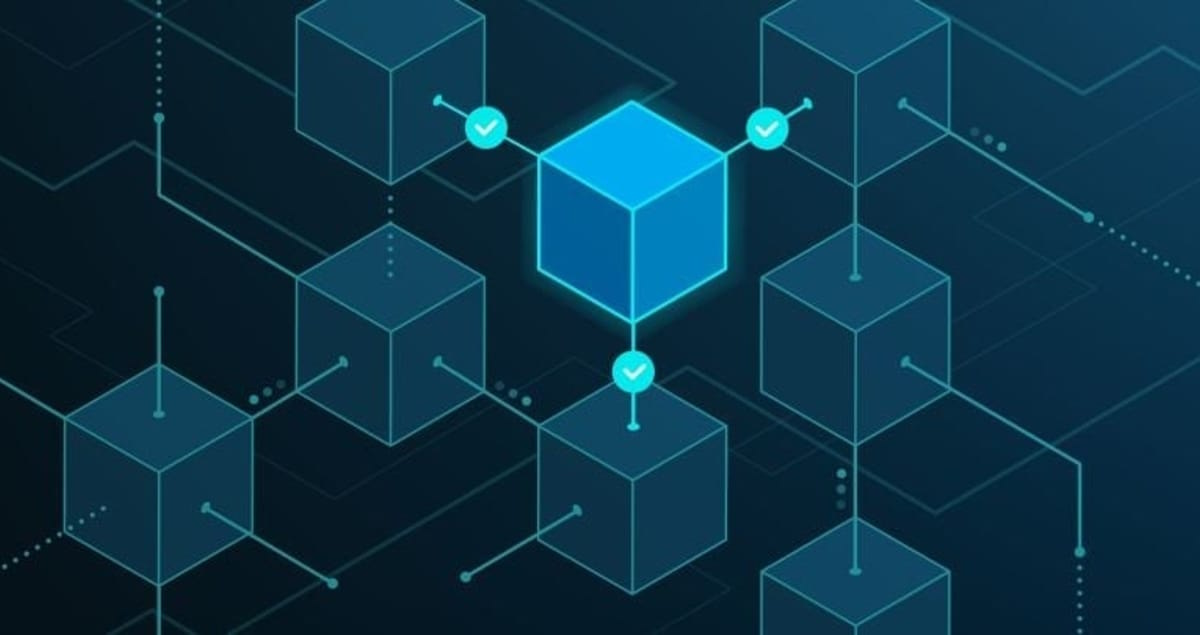
Blockchain’s metamorphosis from niche ledger technology to the backbone of Web3 has never been more evident. Today, we cover five stories that illustrate the evolving ecosystem: a gaming platform issuing its own token on Solana; Europe’s marquee Web3 summit; a major bank forecasting a “ChatGPT moment” for blockchain; a Southeast Asian conference aimed at busting crypto myths; and a foundation rebuilding blockchain from the ground up to solve scalability. Each development—whether product launch, industry gathering, macro forecast, educational initiative, or infrastructure innovation—offers a window into the trends shaping decentralized finance, NFTs, DeFi, and beyond.
1. BitNile.com to Launch Nile Coin on Solana
News Summary
Hyperscale Data’s subsidiary BitNile.com will introduce the Nile Coin on Solana starting May 1, 2025. The U.S.–based social gaming site chose Solana for its high throughput and low fees, aiming to enhance in-game economies, reward engagement, and deliver seamless micro-transactions. Details on tokenomics and governance are forthcoming, but management touts Nile Coin as a cornerstone of future gaming experiences.
Source: CoinTrus
Analysis & Commentary
Launching a proprietary token underscores two converging trends: the gamification of finance and finance-ification of gaming. By minting Nile Coin, BitNile.com taps into DeFi mechanics—staking, liquidity pools, NFT rewards—while leveraging Solana’s scalability. Strategically, BitNile.com positions itself for partnerships with NFT marketplaces and DeFi protocols, potentially opening secondary markets for in-game assets and generating new revenue streams beyond ad sales or subscription fees.
2. Dutch Blockchain Week 2025 Gears Up in Amsterdam
News Summary
From May 19–25, Amsterdam will host the sixth annual Dutch Blockchain Week, culminating in the two-day summit (May 21–22) at De Meervaart. Tier 1 exchanges (Bitvavo, Kraken, Coinbase), Web3 pioneers (WOW.ai, Blockrise), regulators (European Commission, De Nederlandsche Bank), and industry partners (Mastercard, Deloitte) will convene. Side events range from AI-powered hackathons tackling compliance to padel networking meetups—underscoring the event’s blend of technology, policy, and community.
Source: Dutch Blockchain Week
Analysis & Commentary
Dutch Blockchain Week typifies the maturation of blockchain conferences into multidisciplinary forums. Beyond token talk and yield farming, panels on regulation, institutional adoption, and security reflect Web3’s integration into mainstream finance. Anticipate announcements on CBDC pilots, DeFi compliance frameworks, and cross-chain interoperability projects that may emerge from the Block & Order Hackathon.
3. Citigroup Predicts Blockchain’s “ChatGPT Moment”
News Summary
In an April 23 report, Citigroup analysts argue that 2025 could be blockchain’s “ChatGPT moment,” driven by regulatory clarity around stablecoins and integration with traditional financial systems. They forecast stablecoin market capitalization ballooning to $1.6 trillion (base case) or as much as $3.7 trillion (bull case) by 2030—anchored by dollar-denominated issuers and collateralized with U.S. Treasuries. Regulatory frameworks like the GENIUS Act could catalyze adoption among banks and fintechs.
Source: Cointelegraph
Analysis & Commentary
Drawing parallels to generative AI’s explosive growth, Citigroup envisions a tipping point where blockchain moves from experimental to essential infrastructure. Successful integration will hinge on robust compliance tools, auditability, and clear governance models. Enterprise blockchain vendors should prepare for surging demand in tokenized payments, on-chain settlements, and embedded DeFi rails within legacy systems.
4. Philippine Blockchain Week 2025 Debunks Crypto Myths
News Summary
Scheduled for June 10–11 at SMX Convention Center Manila, Philippine Blockchain Week (PBW) 2025 will tackle misinformation and spotlight real-world use cases. Highlights include “Crypto, Unpacked” sessions demystifying the technology; “Smart Regulation” panels uniting policymakers and innovators; and “Blockchain for Impact” showcases on remittances, disaster relief, and digital identity. Founding President Donald Lim emphasizes government support and public–private collaboration to spur inclusive growth.
Source: UseTheBitcoin
Analysis & Commentary
PBW exemplifies how emerging markets leverage education to accelerate Web3 adoption responsibly. By engaging regulators early, PBW can shape balanced frameworks that encourage innovation while protecting consumers—an instructive model for markets wrestling with both hype and skepticism.
5. D.O.G.E Foundation Launches New Blockchain, Opens Seed Round
News Summary
The D.O.G.E Foundation announced a ground-up blockchain rebuild designed to solve the scalability and reliability challenges plaguing existing networks. This modular architecture separates validation from execution to enable parallel transaction processing—targeting real-time gaming, DeFi under high load, and AI-driven applications. A seed funding round is now open to investors who share the vision of a performant, decentralized infrastructure.
Source: D.O.G.E Altcoin GlobeNewswire
Analysis & Commentary
As layer-1 congestion and high gas fees persist, new entrants must justify a “why now” with clear architectural advantages. If the D.O.G.E blockchain delivers real-world throughput and maintains decentralization, it could spur a renaissance of high-performance DeFi protocols and NFT platforms hungry for cost-effective base layers.
Conclusion & Key Takeaways
-
Tokenization of Entertainment: BitNile’s Nile Coin on Solana highlights blockchain’s expansion into gaming economies and NFT reward systems.
-
Convergence of Tech, Policy & Community: Dutch Blockchain Week showcases Web3’s evolution into an ecosystem engaging regulators, enterprises, and developers under one roof.
-
Mainstream Inflection Point: Citigroup’s “ChatGPT moment” thesis suggests blockchain is poised for exponential adoption given regulatory support.
-
Education as Catalyst: Philippine Blockchain Week’s myth-busting curriculum underscores the importance of public–private dialogue in emerging markets.
-
Infrastructure Innovation: The D.O.G.E Foundation’s modular, high-throughput chain exemplifies the next wave of layer-1 networks addressing real-time, real-world use cases.
Today’s stories convey that blockchain’s next chapter will be written through strategic token launches, global convenings, regulatory clarity, educational outreach, and radical infrastructure redesign. By tracking these threads, industry participants can anticipate opportunities in DeFi, NFTs, Web3 games, and enterprise integration. Stay tuned for tomorrow’s Blocks & Headlines, where we’ll continue to decode the innovations shaping decentralized finance.
The post Blocks & Headlines: Today in Blockchain – April 25, 2025 | BitNile, Dutch Blockchain Week, Citigroup, Philippine Blockchain Week, D.O.G.E Foundation appeared first on News, Events, Advertising Options.
-

 Blockchain5 days ago
Blockchain5 days agoBlocks & Headlines: Today in Blockchain – April 23, 2025 – EDPB, Binance, MicroCloud, Nile Coin, TruaBroker
-

 Blockchain4 days ago
Blockchain4 days agoBlocks & Headlines: Today in Blockchain – April 24, 2025 (Decrypt, CoinDesk, Cointelegraph, 80 Level, UNDP/BGA)
-

 Blockchain5 days ago
Blockchain5 days agoBlaqclouds Board Approves 30-Day Revenue Acceleration and Ecosystem Monetization Plan
-

 Blockchain4 days ago
Blockchain4 days agoBlocks & Headlines: Today in Blockchain – April 25, 2025 | BitNile, Dutch Blockchain Week, Citigroup, Philippine Blockchain Week, D.O.G.E Foundation
-

 Blockchain7 days ago
Blockchain7 days agoBlocks & Headlines: Today in Blockchain – April 22, 2025 (Activity‑Weighted Consensus, Pectra Upgrade, Yoki Legacy, Verae–Evercycle, Earth Day)
-

 Blockchain Press Releases5 days ago
Blockchain Press Releases5 days ago10% Rebate: Bybit Card Introduces USDC Cashback
-

 Blockchain Press Releases4 days ago
Blockchain Press Releases4 days agoBybit Exchange Gold & FX Trading Hits All-Time-High As Gold Prices Soar
-

 Blockchain Press Releases6 days ago
Blockchain Press Releases6 days agoCompass Mining Partners with NiceHash to Provide Discounted Pool Fees to Customers

